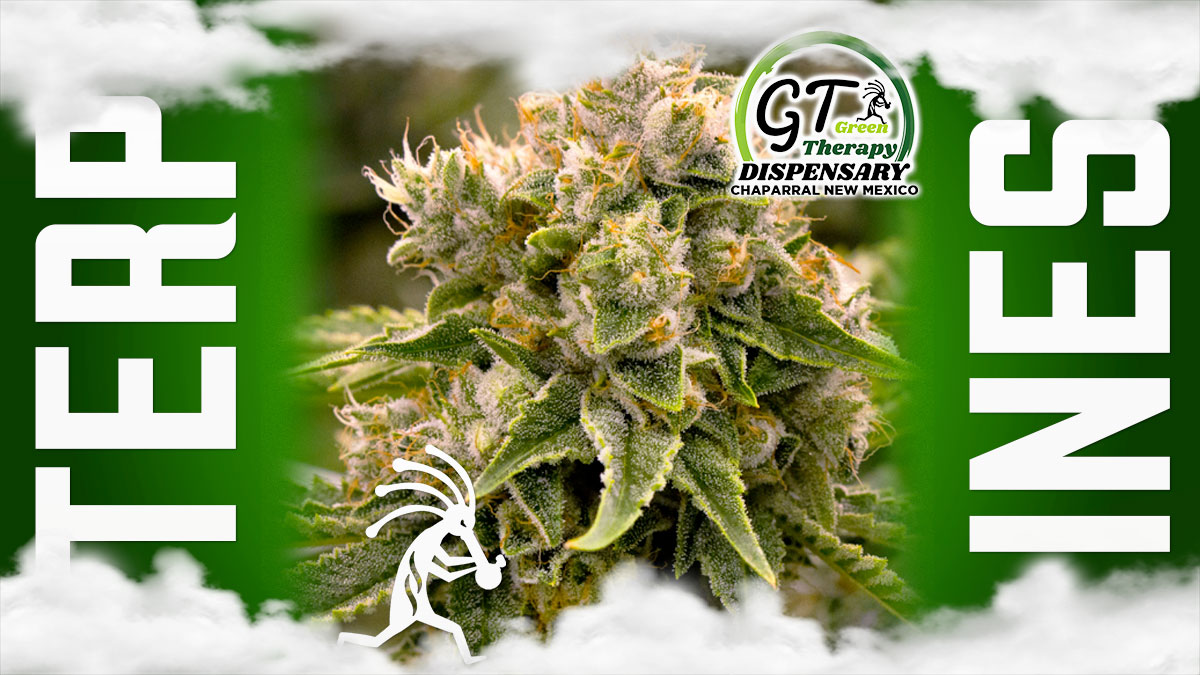
- August 23, 2023
- 0 comments
GT Dispensary Chaparral New Mexico carries cannabis, a plant that has been cultivated and used for various purposes for centuries, and has been gaining increasing attention not just for its cannabinoids like THC and CBD, but also for its terpenes. Terpenes are aromatic compounds found in a wide variety of plants, and they are responsible for the unique scents and flavors associated with different strains of cannabis. In this blog post, we’ll dive into the fascinating world of cannabis terpenes, exploring their roles, benefits, and the potential they hold beyond just their aroma.
The Aromatic Kaleidoscope
Imagine stepping into a room filled with a variety of fragrances – pine, citrus, lavender, and even earthy undertones. These aromas are not just incidental, but the result of the diverse terpene profile of different cannabis strains. Terpenes are the aromatic molecules responsible for these scents, and they are not exclusive to cannabis. They are also present in other plants, such as fruits, herbs, and flowers, contributing to their unique smells.
Common Cannabis Terpenes
Myrcene: This terpene is found in high concentrations in many cannabis strains and is responsible for the earthy, musky aroma. Myrcene is also present in hops and is believed to contribute to the sedative effects of some cannabis strains.
Limonene: As the name suggests, limonene imparts a citrusy aroma to certain strains. It’s not only known for its scent but also for its potential mood-enhancing and stress-relieving properties.
Pinene: This terpene is found in pine trees and has two types: alpha-pinene (smells like pine needles) and beta-pinene (smells more like rosemary). Pinene is believed to have anti-inflammatory and respiratory-supporting properties.
Linalool: Recognizable by its floral scent reminiscent of lavender, linalool is thought to have calming and relaxing effects, making it potentially beneficial for managing stress and anxiety.
Caryophyllene: With a spicy and peppery aroma, caryophyllene is unique because it can interact with the body’s endocannabinoid system. It has been studied for its potential anti-inflammatory properties.
The Entourage Effect
One of the most intriguing aspects of terpenes is their interaction with cannabinoids, like THC and CBD, in what’s known as the “entourage effect.” This concept suggests that the combination of cannabinoids and terpenes may work synergistically to produce a more comprehensive and effective range of therapeutic effects. For example, the presence of certain terpenes might influence how THC affects the body, potentially modulating its psychoactive properties.
Beyond Aroma: Potential Benefits
While terpenes are primarily associated with aroma and flavor, emerging research suggests they might offer therapeutic benefits as well. These potential benefits include:
Pain Relief: Certain terpenes, such as beta-caryophyllene, might have analgesic properties that could contribute to pain management.
Anti-Anxiety: Terpenes like linalool and limonene are being studied for their potential anxiolytic effects, possibly aiding in anxiety and stress reduction.
Anti-Inflammatory: Terpenes like myrcene and alpha-pinene have shown promise in reducing inflammation, which could be beneficial for various health conditions.
Neuroprotection: Some terpenes may have neuroprotective properties, potentially contributing to the protection and maintenance of brain health.
Cannabis terpenes are more than just aromatic compounds; they’re a crucial part of the complex symphony that defines the diverse strains of cannabis. Their aromatic qualities not only enhance the sensory experience but may also play a role in shaping the therapeutic effects of the plant. As research on cannabis continues to expand, a deeper understanding of terpenes could open new doors for personalized medicine and alternative therapies. So, the next time you enjoy the aroma of your favorite cannabis strain, remember that there’s a lot more to those scents than meets the nose.


